AMD Radeon RX 9070 Review
The AMD Radeon RX 9070 enters the graphics card market at an interesting juncture. Hot on the heels of Nvidia's latest generation, this $549 card directly competes with the underwhelming GeForce RTX 5070. In this matchup, AMD emerges victorious, making the RX 9070 a compelling choice for 1440p gaming. However, the story isn't quite that simple.
AMD's own Radeon RX 9070 XT presents a challenge. A mere $50 more expensive, the XT offers significantly better performance. While the 9070's 8% performance deficit aligns with its 9% lower price, the incremental cost for a substantial performance boost is difficult to ignore. Despite this internal competition, AMD's offerings still present a strong case for Team Red.
Purchasing Guide
The AMD Radeon RX 9070 launches March 6th, with a starting price of $549. Expect variations in pricing across different models. Prioritize finding a card as close to the starting price as possible, given its proximity in price to the superior RX 9070 XT.
AMD Radeon RX 9070 – Photos
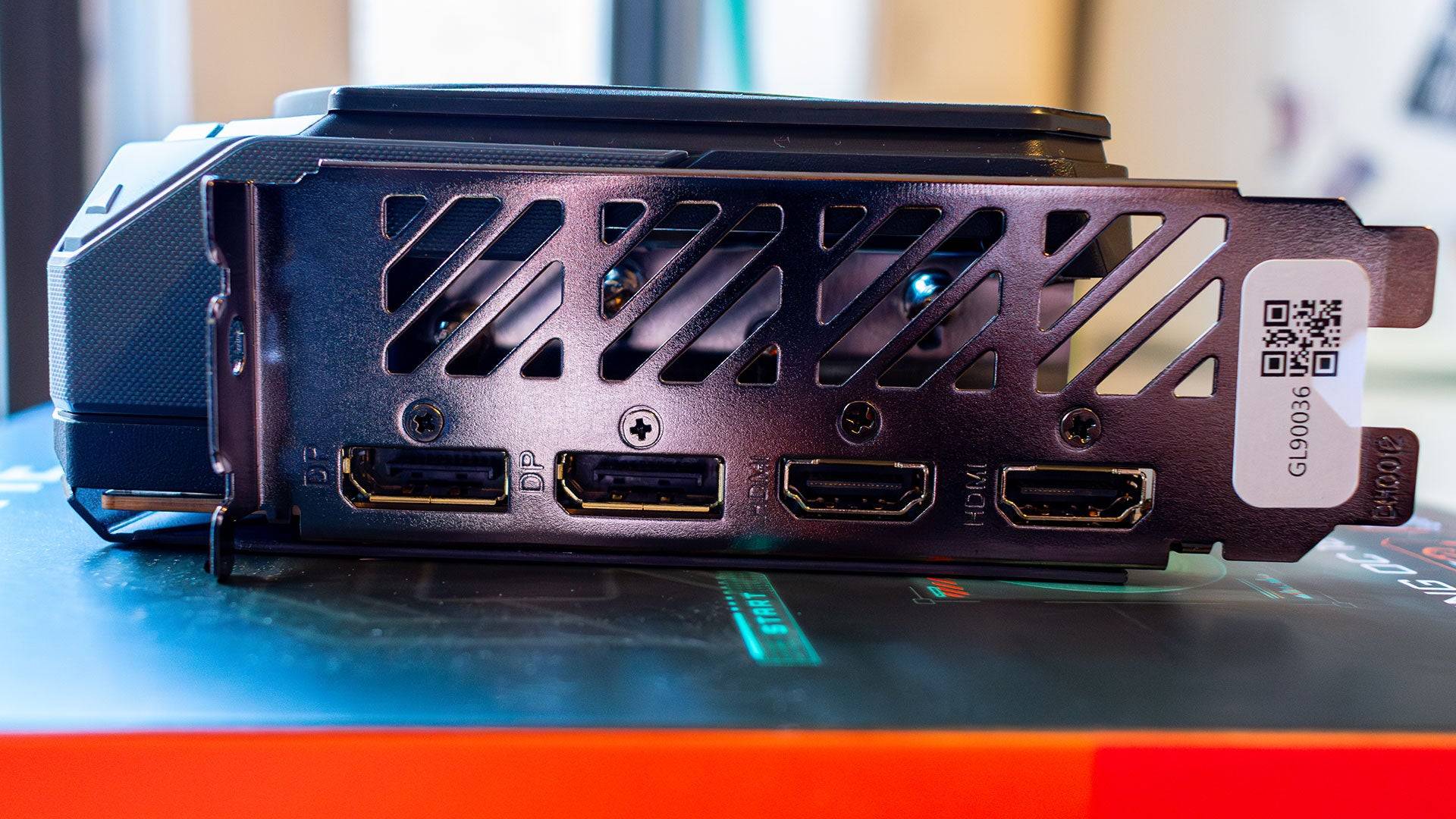
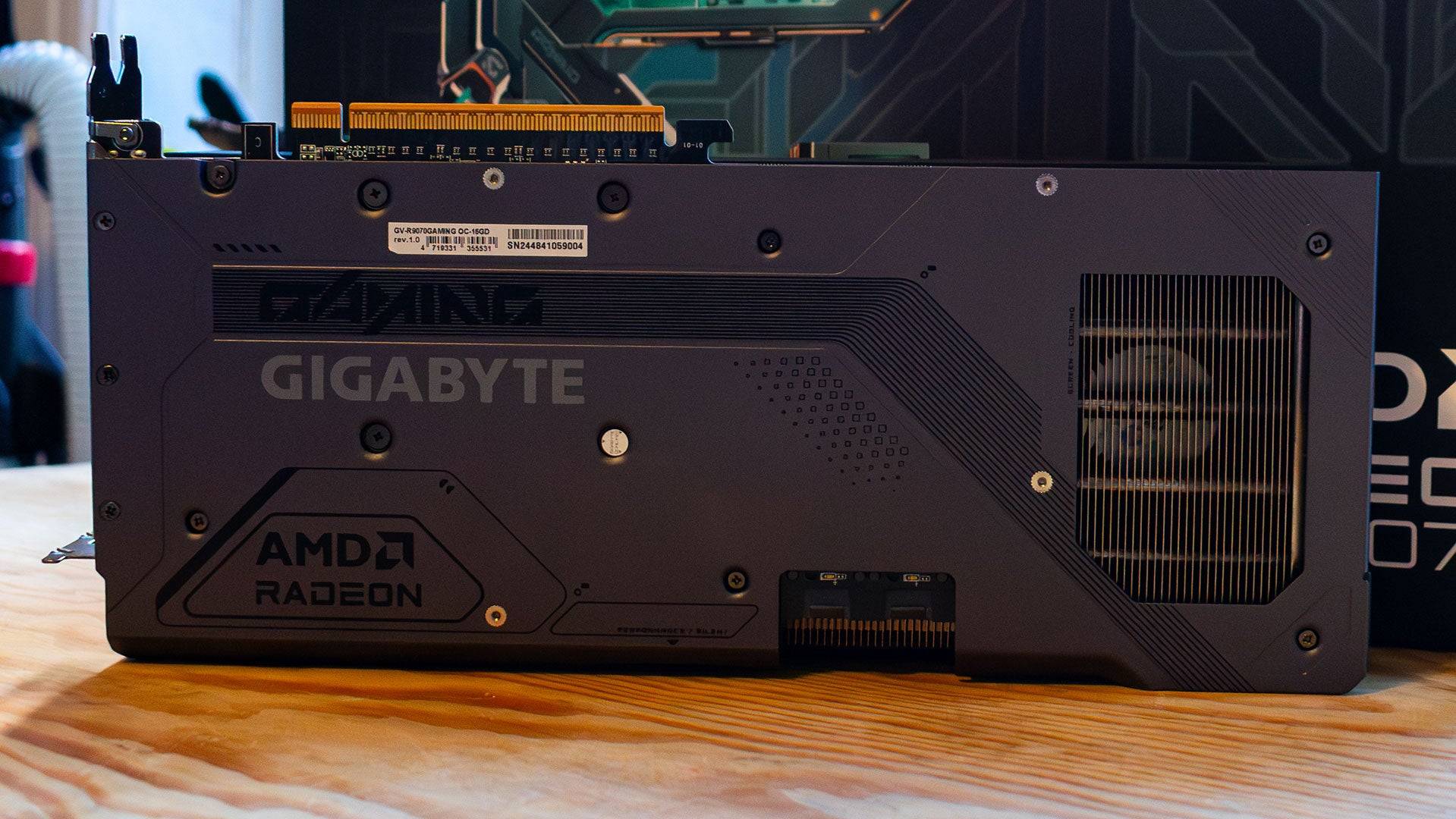
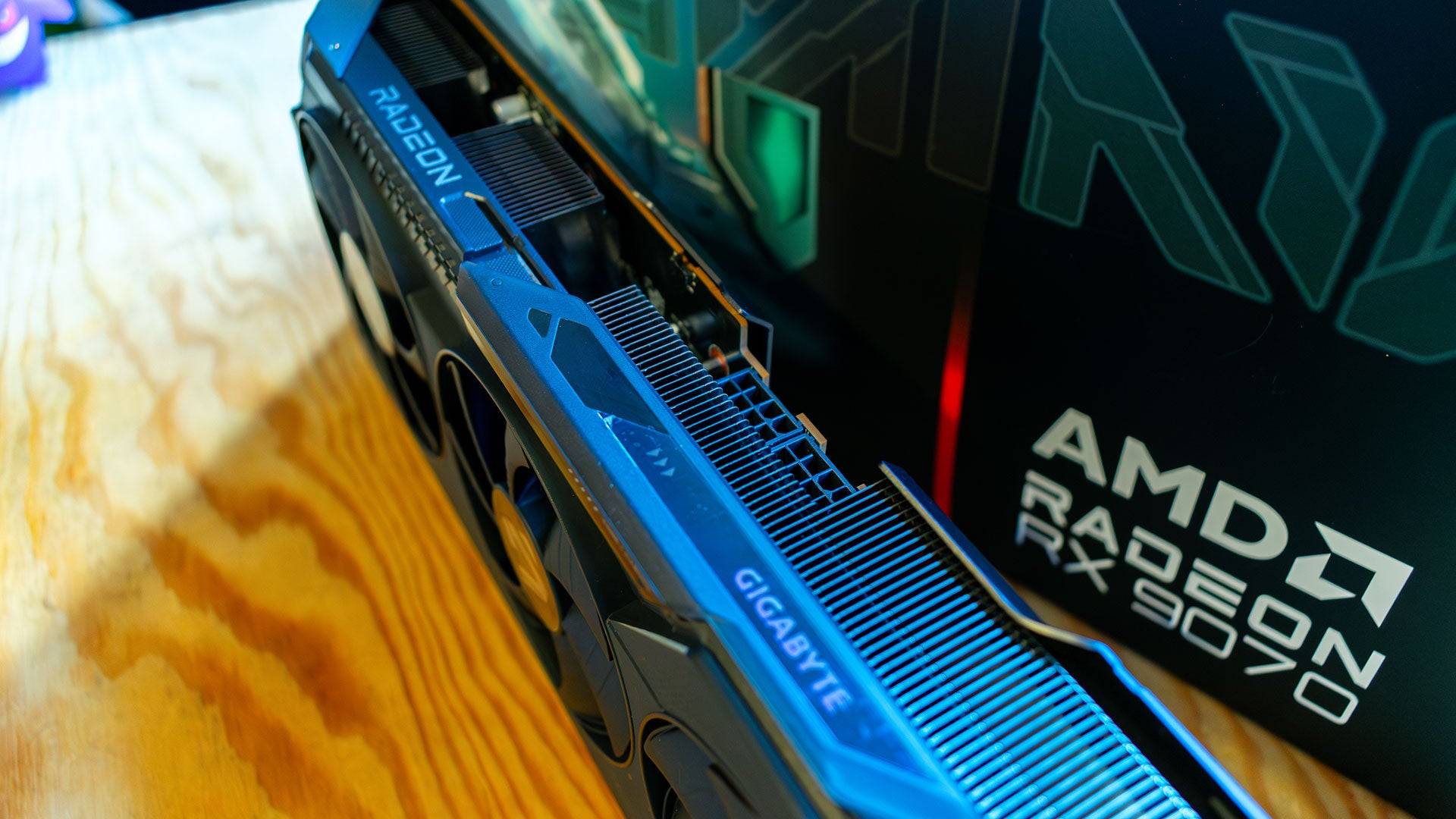
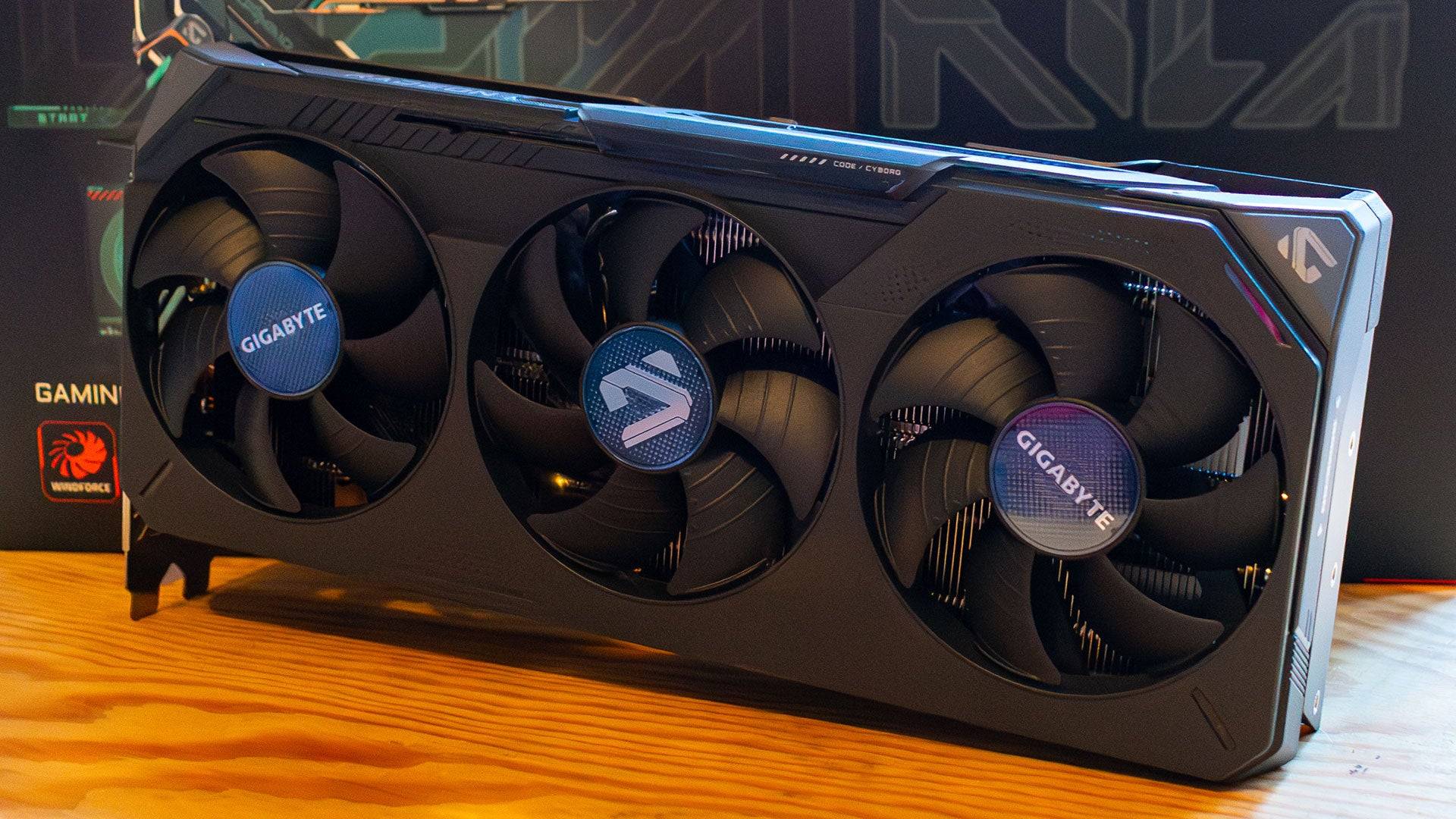
Specs and Features
Like its sibling, the RX 9070 XT, the RX 9070 utilizes the new RDNA 4 architecture. This results in a significant performance leap, surpassing the previous generation Radeon RX 7900 GRE by a considerable margin despite having 30% fewer compute units. The card boasts 56 Compute Units, each with 64 Streaming Multiprocessors (SMs), totaling 3,584 shaders. Each compute unit includes one Ray Accelerator and two AI Accelerators, adding up to 56 and 112 respectively. These enhancements, particularly to ray tracing and AI acceleration, allow the 9070 to compete effectively in ray-traced games. The improved AI Accelerators enable FidelityFX Super Resolution (FSR) 4, marking the debut of AI upscaling on AMD graphics cards.
The RX 9070 features 16GB of GDDR6 VRAM on a 256-bit bus, mirroring the 7900 GRE's configuration and providing ample capacity for 1440p gaming for years to come. While GDDR7 adoption would have been beneficial, it likely would have increased the cost. AMD recommends a 550W power supply, with a 220W power budget. Testing revealed a peak consumption of 249W; a 600W PSU is recommended for safety.
Unlike previous generations, AMD isn't releasing a reference design for the RX 9070. All versions will be from third-party manufacturers. This review utilizes the Gigabyte Radeon RX 9070 Gaming OC 16G, a triple-slot card with a factory overclock.
FSR 4
Since DLSS's rise in 2018, AI upscaling has become a crucial performance enhancer. FSR 4 finally brings this capability to AMD GPUs. It leverages previous frames and in-game data through an AI model to upscale lower-resolution images to the native resolution. This differs from FSR 3's temporal upscaling, which lacked AI detail refinement, leading to artifacts. While FSR 4 introduces a slight performance penalty compared to FSR 3 due to the AI processing, a toggle in Adrenalin software allows users to choose between enhanced image quality (FSR 4) and slightly better performance (FSR 3).
AMD Radeon RX 9070 XT & 9070 – Benchmarks
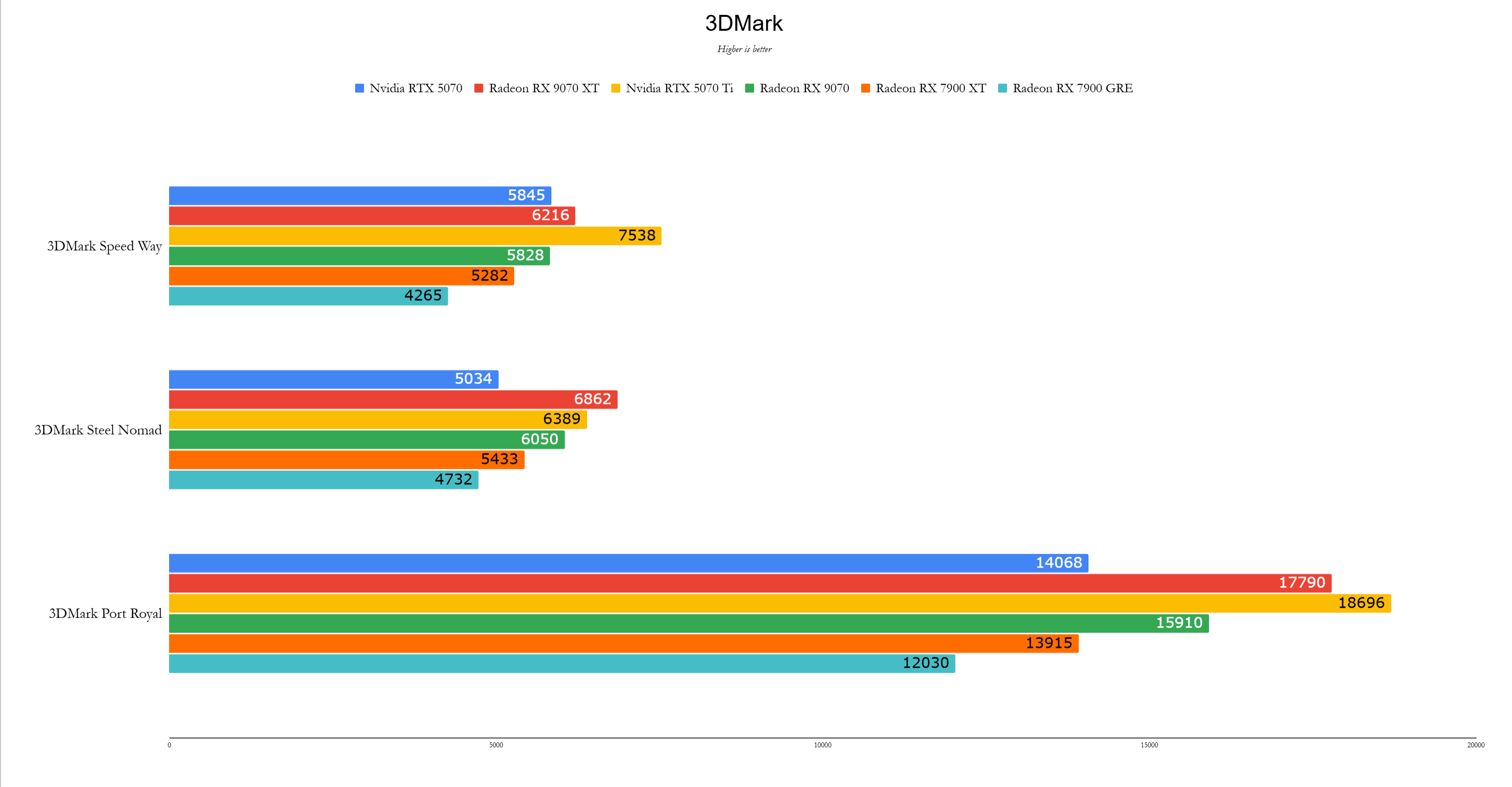
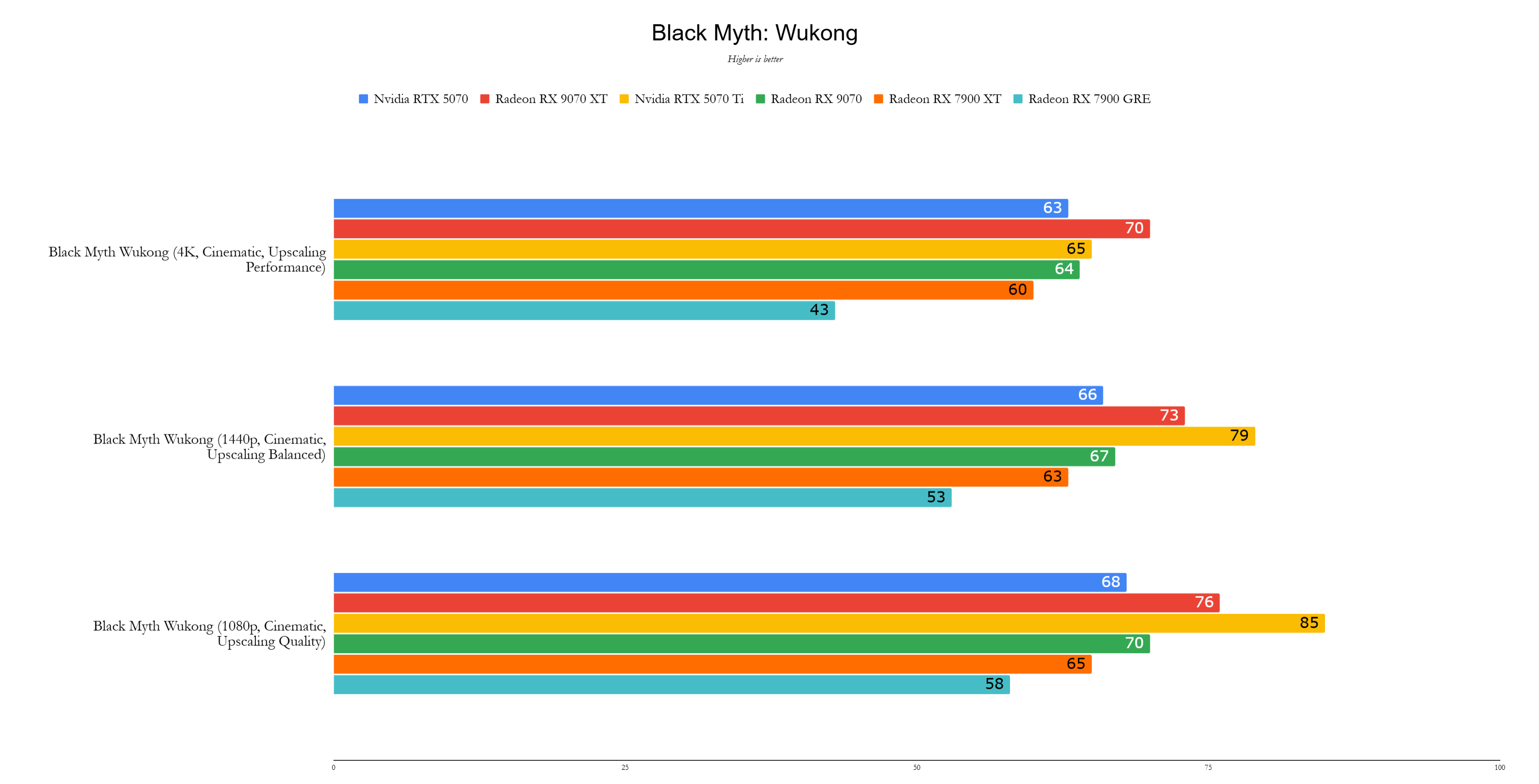
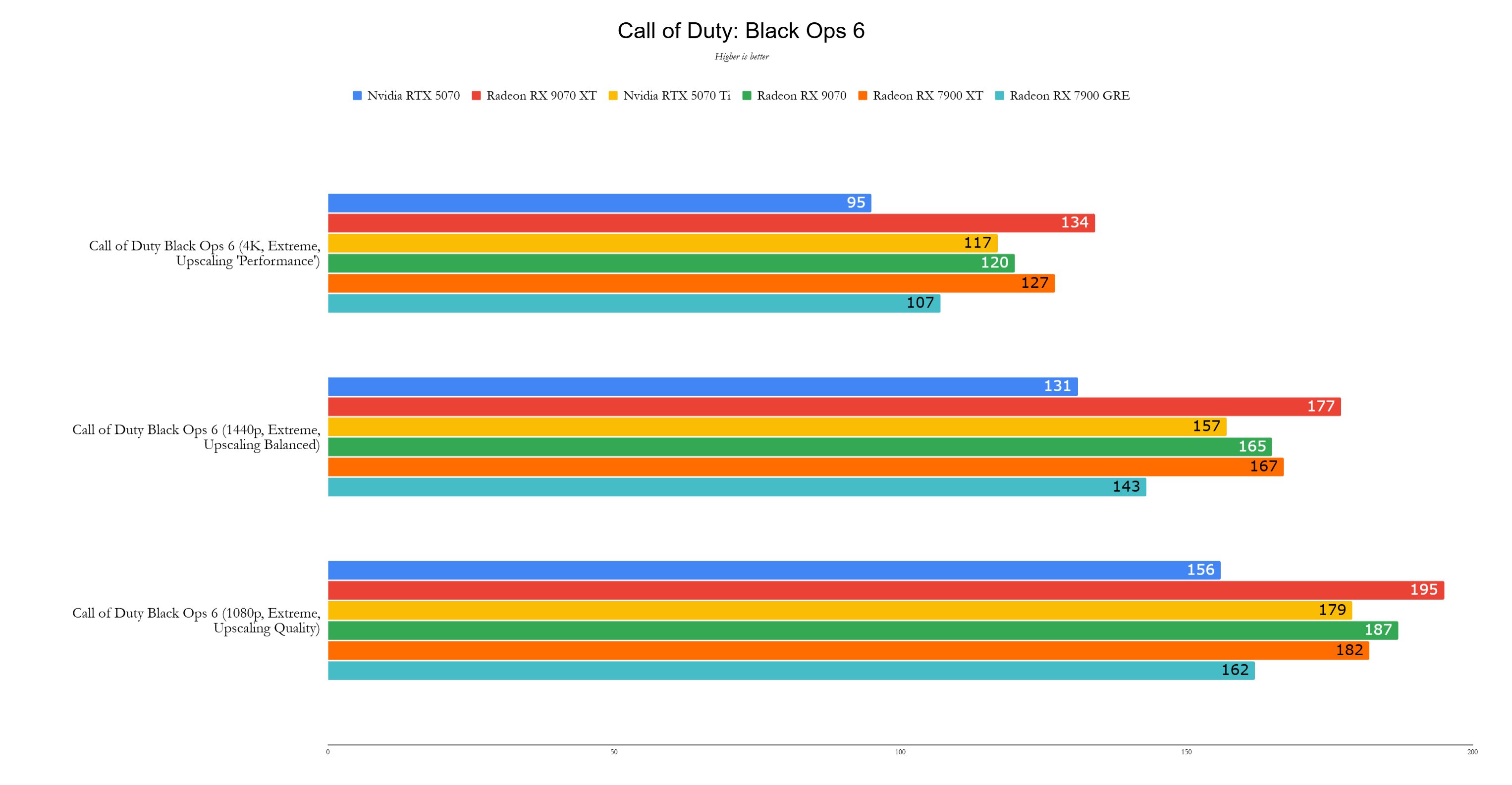

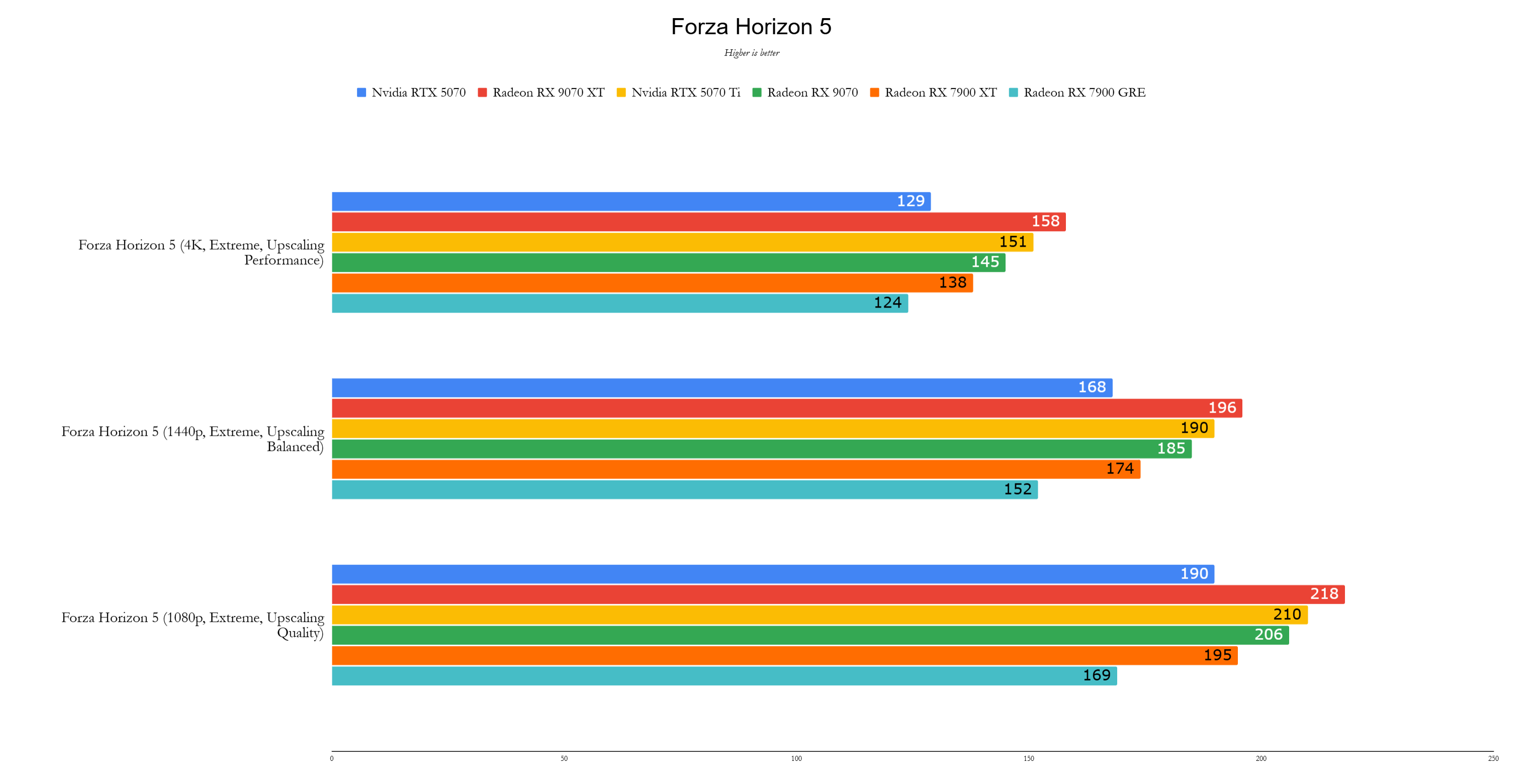
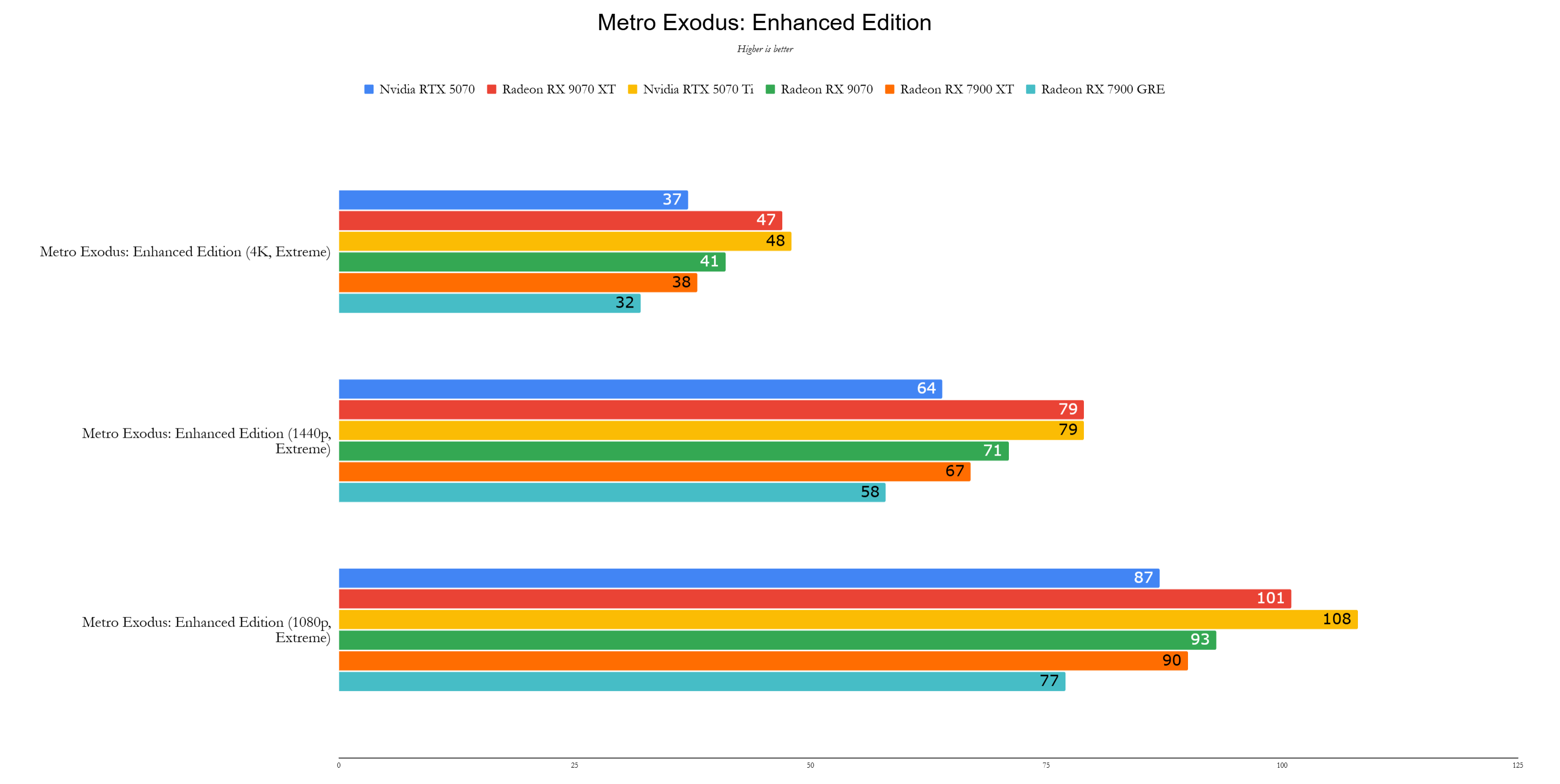
Performance
Priced at $549, the RX 9070 directly challenges the RTX 5070, consistently outperforming it. At 1440p, it's 12% faster on average, and 22% faster than the RX 7900 GRE. This improvement is remarkable, considering the 30% reduction in cores. Note that this review used a factory-overclocked version (Gigabyte Radeon RX 9070 Gaming OC) with a reported 2700MHz boost clock (approximately a 7% increase). All cards were tested on their current public drivers (Nvidia Game Ready driver 572.60 and AMD Adrenalin 24.12.1, with review drivers provided by AMD for the 9070, 9070 XT, and RTX 5070).
3DMark tests show a strong start for the 9070, particularly in Steel Nomad (20% faster than the RTX 5070). In *Call of Duty: Black Ops 6* (1440p, FSR 3 Balanced), the 9070 achieves 165 fps, significantly outpacing the 5070 (131 fps) and 7900 GRE (143 fps). *Cyberpunk 2077* (1440p, Ray Tracing Ultra) shows a surprising 3% lead over the RTX 5070. *Metro Exodus* (raw ray tracing performance) also favors the 9070 (71 fps vs 64 fps). *Red Dead Redemption 2* (1440p, max settings, Vulkan) reveals a 23% advantage for the 9070. *Total War: Warhammer 3* shows a close contest at 1440p, while *Assassin's Creed Mirage* (1440p, Ultra, FSR Balanced) showcases an 18% lead for the 9070. *Black Myth: Wukong* results in a near tie, and *Forza Horizon 5* (1440p) demonstrates a 12% and 25% advantage over the 5070 and 7900 GRE, respectively.
The RX 9070's superior performance and 16GB VRAM, even with slightly lower clock speeds than the RTX 5070's GDDR7, make it a compelling value proposition. The combination of better performance and significantly more VRAM solidifies its position as the superior choice.
- ◇ AMD Ryzen 7 9800X3D: Top Gaming CPU Now Back in Stock on Amazon May 25,2025
- ◇ "Best Buy Launches AMD Radeon RX 9070, 9070 XT Gaming PCs" May 04,2025
- ◇ AMD Zen 5 Gaming CPUs Restocked: 9950X3D, 9900X3D, 9800X3D Now Available Apr 11,2025
- ◇ Amazon Slashes Price on AMD Radeon RX 9070 XT Gaming PC Mar 29,2025
- ◇ Where to Buy AMD Radeon RX 9070 and 9070 XT Prebuilt Gaming PCs for as Low as $1350 Mar 19,2025
- ◇ The Powerful AMD Zen 5 9950X3D, 9900X3D, and 9800X3D Gaming CPUs Are Now Available Mar 18,2025
- ◇ AMD Ryzen 9 9950X3D Review Mar 15,2025
- ◇ Tech Deals: PS Portal, PS5 Controllers, Ryzen CPUs, iPad Air Mar 14,2025
- 1 Roblox Forsaken Characters Tier List 2025 Feb 14,2025
- 2 Pokemon Go’s first Community Day of 2025 will feature Sprigaito Jan 05,2025
- 3 Marvel Rivals' Controversial Hitbox System Draws Attention Feb 11,2025
- 4 Watcher of Realms Is Dropping New Heroes and Skins This Thanksgiving and Black Friday! Dec 30,2024
- 5 Holiday Thief Arrives in Seekers Notes Dec 26,2024
- 6 How To Find and Beat the Storm King in LEGO Fortnite Jan 05,2025
- 7 Jujutsu Kaisen Phantom Parade: Tier List Update for 2024 Dec 28,2024
- 8 Goddess Of Victory: Nikke Is Dropping a New Year’s Update and Collabs with Evangelion and Stellar Blade Soon Jan 04,2025
-
Mastering the Art of Digital Tools
A total of 10
-
Hidden Gems: Unexpectedly Useful Other Apps
A total of 10
-
Ultimate Strategy Gaming Experience on Android
A total of 10













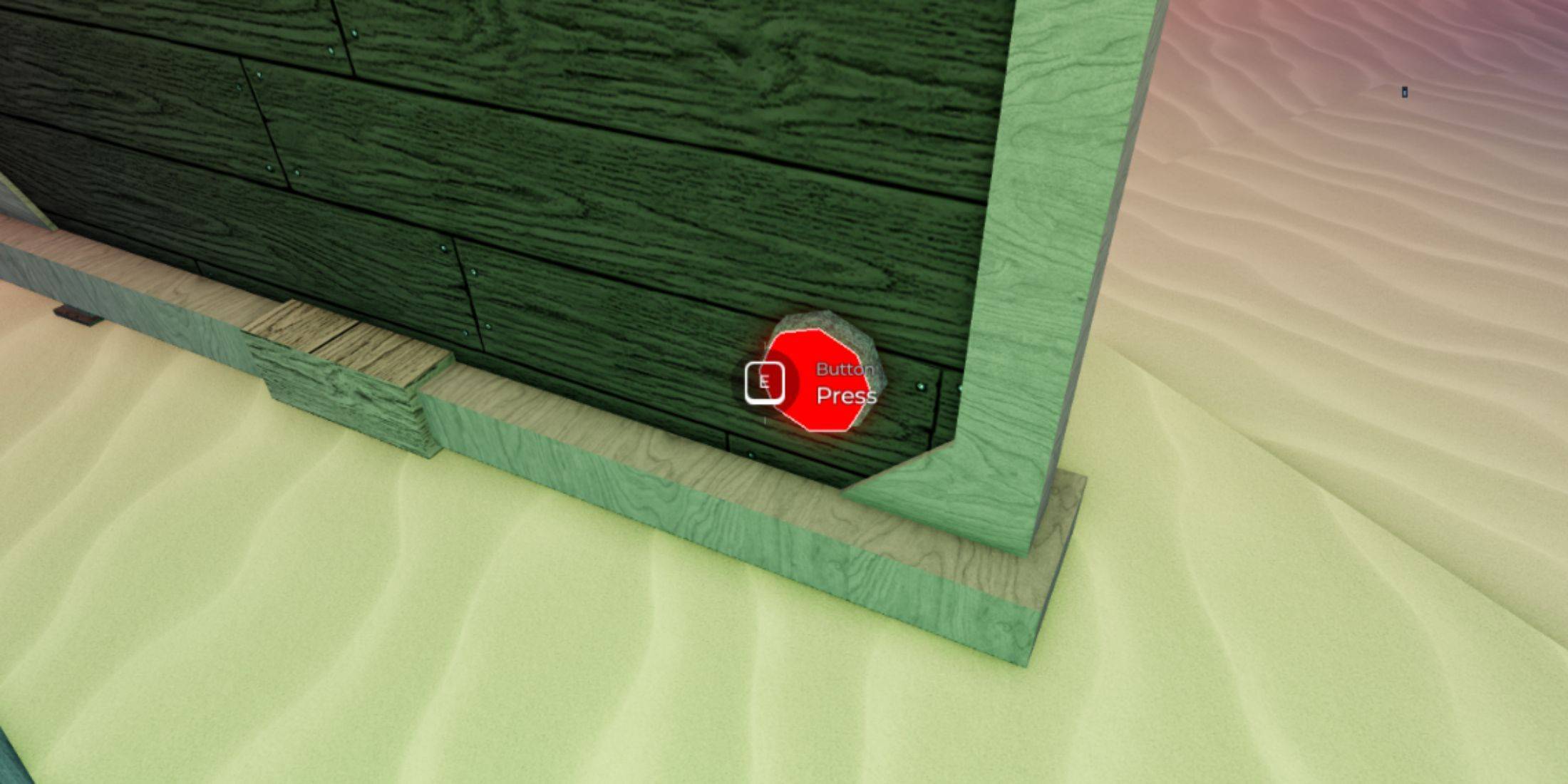

![LeMOMnade: Family Squeeze! – Version 1.1.1 [mtrellex]](https://img.3xbz.com/uploads/38/1719569762667e8d62c486e.jpg)

![My Cute Roommate 2 – New Version 1.0 Extra [Astaros3D]](https://img.3xbz.com/uploads/38/1719606486667f1cd652f1a.jpg)












